From 6 December in Florence, the exhibition opens to the public "The other half of the sky. Sante and private devotion in the great Florentine families in the XVII-XIX”, which will continue until March 8 2015.
165 works, including various unreleased, including paintings, sculptures, Reliquary, sacred objects curious elements of a now distant sacredness.
The exposure, free admission, is composed of two sections that take place respectively Museum Casa Martelli (I think vie 8) and Villa La Quiete (Street Boldrone 2).
Directed by Monica Bietti and curated by Francesca Fiorelli Malesci, the exhibition is a collaboration between the Superintendence for the Museums of Florence and the University of Florence (AIL Department Interinstitutional Integrated Health of the Hospital of Careggi). Accompanied by a catalog published by Syllables, The exhibition offers the public the issue of private devotion of the great Florentine families between the seventeenth and nineteenth centuries, declined mainly female, with a focus in particular on the family Hammers.
To note that the occasion will offer the ability to access places, rooms and areas of Villa La Quiete not usually open to the public, open for an ad hoc path for the exhibition, as well as the Museum Casa Martelli will be open with a very unusual route, that is, on the contrary compared to the normal.
THE SECTION OF THE EXHIBITION OF HAMMERS HOME
The first section of the exhibition which is based in Casa Martelli begins with a historical introduction on devotion to Florence and the cult that the Medici family and the aristocratic Florentine meted, between the seventeenth and nineteenth centuries, their fellow citizens with the saints and the Annunciation of which exhibit evidence of devotion to the image through the rites, ceremonies and gifts of which the sanctuary has witnessed.
The exhibition continues with the illustration, in its most private, worship as spirituality lived in the intimacy of the palaces – expressed through the possession of relics, Books, small portable altars and devotional images – for the great saints Florentine, but especially for the female sanctity of which the major witnesses are Maria Maddalena de 'Pazzi (Florence, 1566 – 1607; can. 1669), Catherine de 'Ricci (Florence,1522 - Prato, 1590; can. 1746), illustrious ancestress of Catherine who married in 1802 Niccolò Martelli, and Juliana Falconieri (Florence, (1271(?) – 1341, can. 1737).
The theme, strongly felt by the Martelli family whose proximity to the Curia of Florence was instrumental in the last centuries of its history, located in the setting in several rooms of the palace to its ideal location. In building Hammers are indeed preserved numerous testimonies, starting with those precious brought a dowry of Catherine de 'Ricci documenting the great spirituality and the deep need of religiosity subsidiary, up to those of the last heirs of the family. To the same effect is to be read also the will of Francesca, last descendant of the Hammers, who left all his property to the Basilica of San Lorenzo and the Florentine Curia.
To these aspects is added, always in urban, the celebration of civic and family devotion for some blessed and venerable, sometimes founders of monastic orders, often united by noble birth. Rounding, deepening the close relationship between these female figures and contemporary society, attention reserved for them by the clergy and the faithful in the context that goes from assistance to education. Particular attention is given to the Marian cult, retracing, through the impressions and comments from visitors, pilgrimages to the Holy House of Loreto. At the conclusion, collecting of sacred objects, a real world of treasures to discover, where it will be exposed, collection of wonders, a collection of works and objects of exquisite workmanship that testify to an area less well-known collectors.
THE SECTION OF THE EXHIBITION OF VILLA THE QUIET
Staged in some quarters of Villa La Quiete, This section explores the origins and character of an important aspect of female devotion Florentine seventeenth and eighteenth centuries.
The Quiet, secular institution of religious inspiration founded by Eleonora Ramirez de Montalvo the mid-seventeenth century, welcomed women mostly from the nobility, eager to live freely, no votes, the separateness and prayer; to this was added the educational mission against girls, which were entrusted to them by the families that were formed according to Christian morality and, reached the age of majority, decide whether to marry or take vows. Founders and, therefore, figure – Key to this institution were Eleonora Ramirez de Montalvo (Genoa, 1602 - Florence, 1659) and Grand Duchess Vittoria della Rovere (Pesaro, 1622 - Pisa, 1694): one o'clock inspiring the congregation and author of its constitutions; the other, Superior and "godmother" of the same.
The section develops in some circles, including the church and the choir down. In the church are exposed - in addition to works of art already present - some testimonials on the two founders soonest, simultaneously to the monuments dedicated to them in this sport, as well as on the lives of the conservatory in the seventeenth century. In the lower choir, you can admire the commissions Anna Maria Luisa de’ Doctors, grandson of Victoria, last of the Medici, very attached to Stillness, and some artifacts of great artistic and documentary value for the spirituality of Montalve.
THE UNEDITED
Many works of world firsts in the exhibition, which presents the history of the Martelli family and its connection with the Florentine Church through its commissions, such as the magnificent Cross Hammers, recently restored and presented here with an unprecedented critical evaluation and attributive. There are also the beautiful and unknown Augustine writes on the heart of St Mary Magdalene de 'Pazzi, Cosimo Ulivelli, and moving portrait of Sister Diomira Allegri Carlo Dolci, released for the first time by the silent walls between which is kept. Furthermore, the precious monstrance of 1619 such as., silver and precious stones, by Jonas Falck, bearing the arms of Ferdinand I de 'Medici and Christine of Lorraine and from the Convent of the Annunciation. Along with votive, Agnus Dei, from numerous providers, public venues and private collections Italian, but above all by an extraordinary and unprecedented collection never exposed to the public of sacred objects, medals, guardian, berrette, "Measures", reliquaries and small theaters sacred, ie diorama with sacred scenes, exceptional attractiveness.

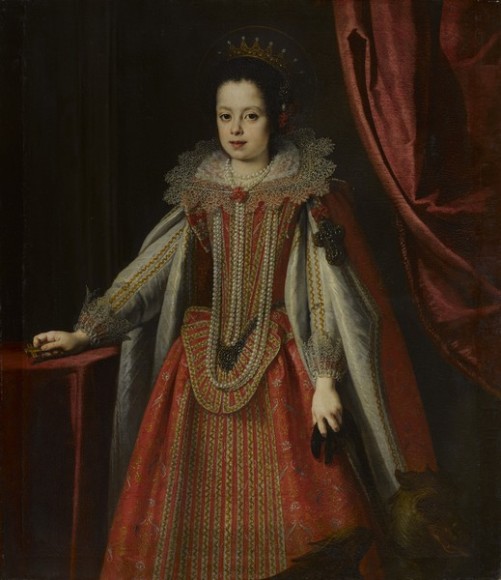
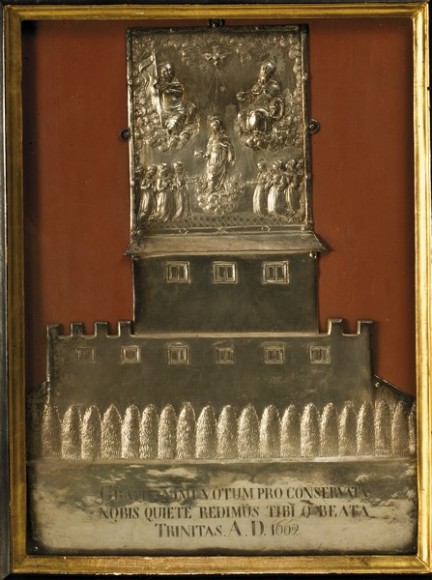
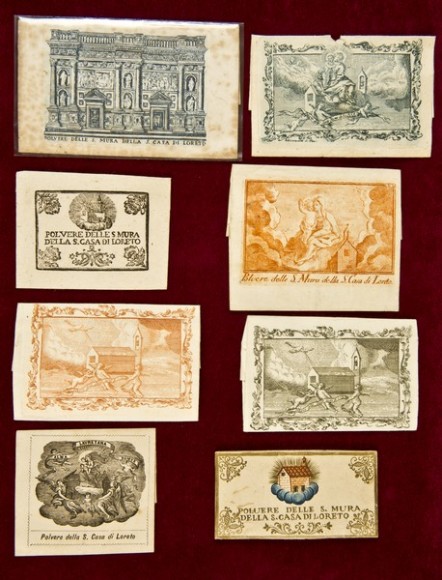
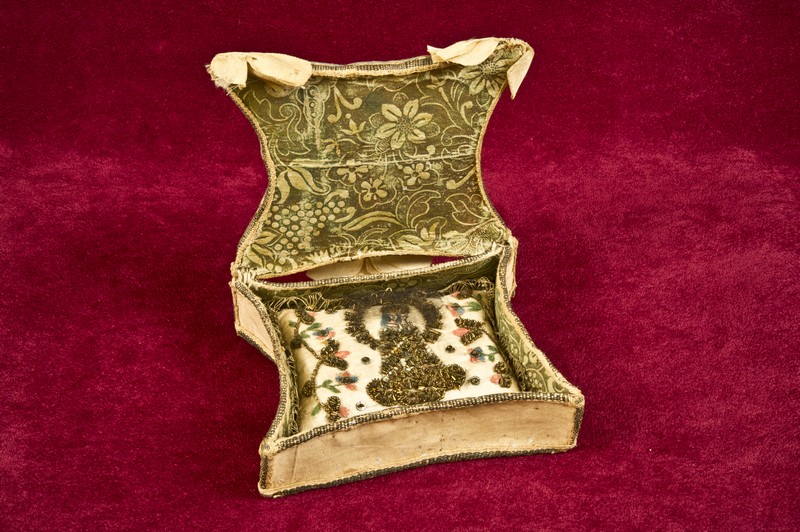

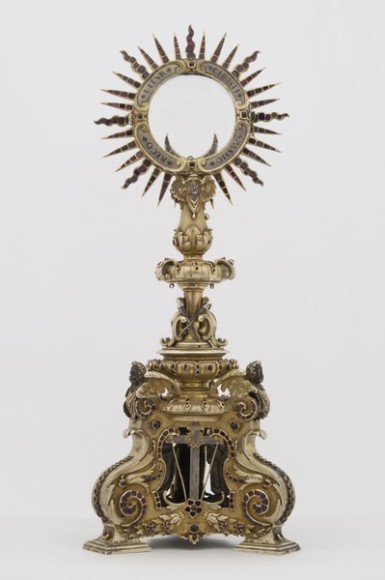
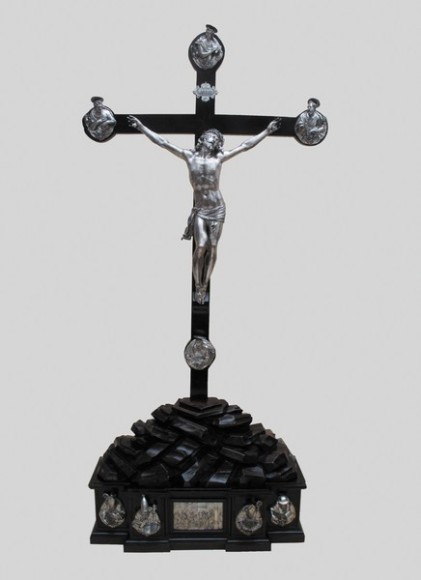
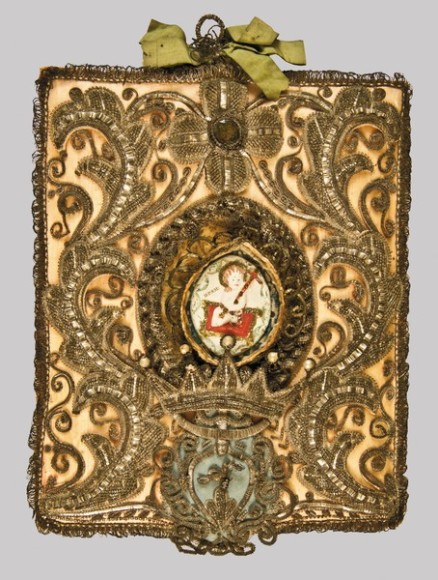

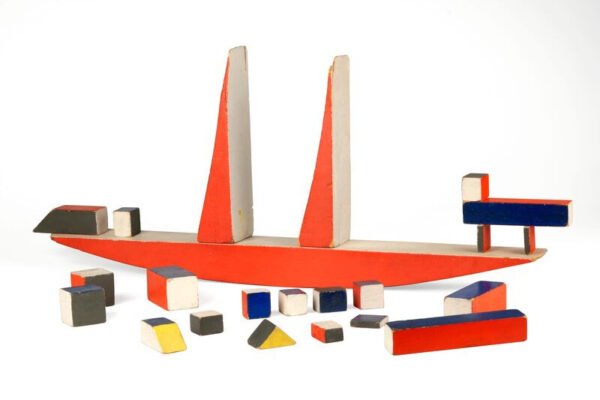
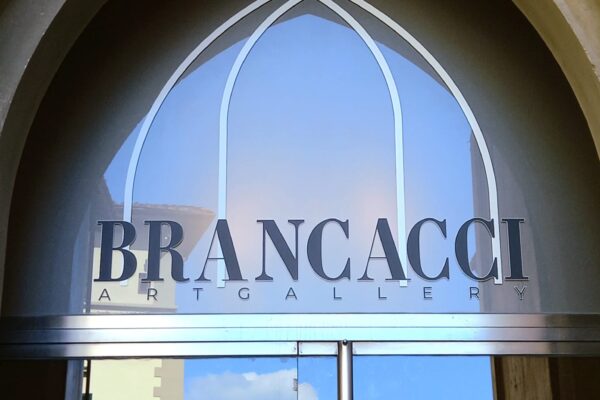

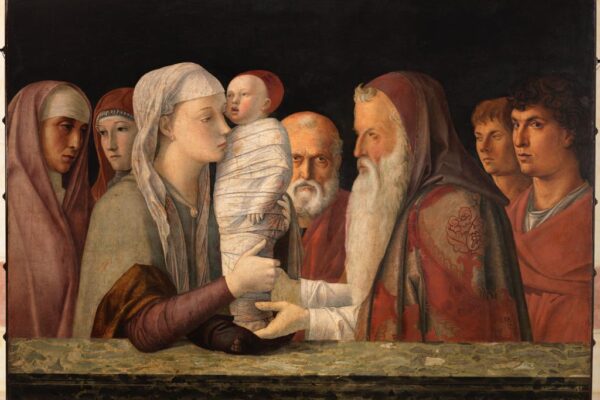

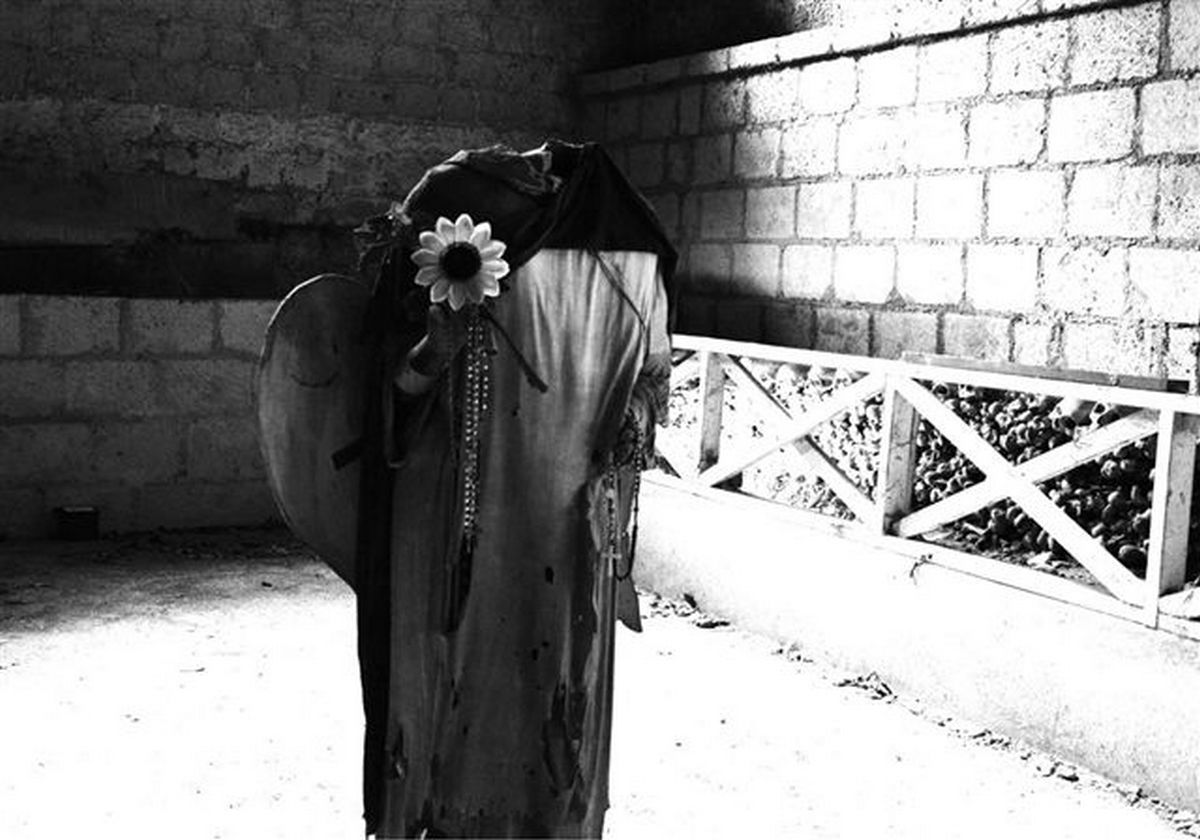
Leave a Reply